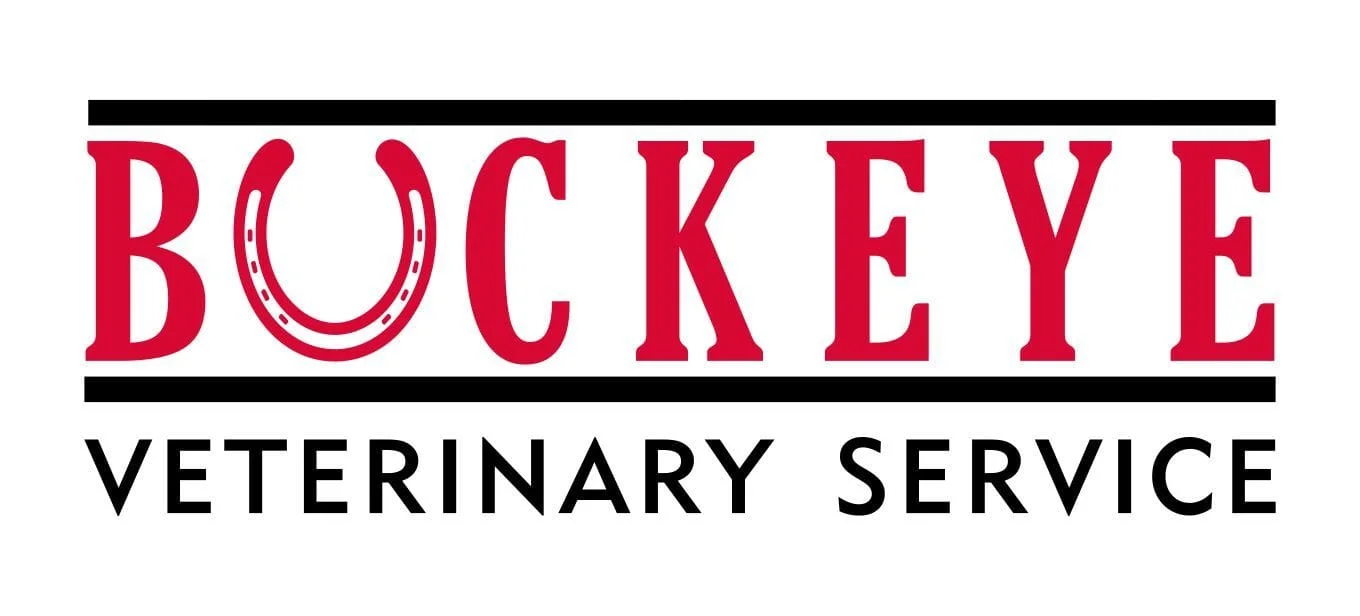Due to differences in the shape of their upper and lower jaw, and the teeth themselves, all horses will get sharp enamel points along the cheeks of their upper teeth and tongue of their lower teeth. Over time, these points may alter the horse's ability to chew normally. More importantly for a horse being ridden, driven or shown in hand: the points can lead to painful ulceration of their cheeks and tongue, especially where they are compressed by tack. Floating is the process of removing these points by filing them.

Like people, some horses have teeth that either do not erupt into the mouth evenly, or are not properly aligned. This assortment of problems are called malocclusions and lead to specific areas of overgrowth such as hooks, ramps, steps, waves, etc. With regular dental care, these problems can be minimized. Treatment of overgrowths along the chewing surface of the teeth changes how the horse chews and how the teeth relate to one another, and is thus a form of orthodontics. Procedures of this type are called occlusal odontoplasties, though any form of filing in the mouth commonly falls under the title of floating.
The average horse requires sharp enamel points to be floated annually. A horse with malocclusions, or older horses whose teeth are wearing out, may require more frequent care.


